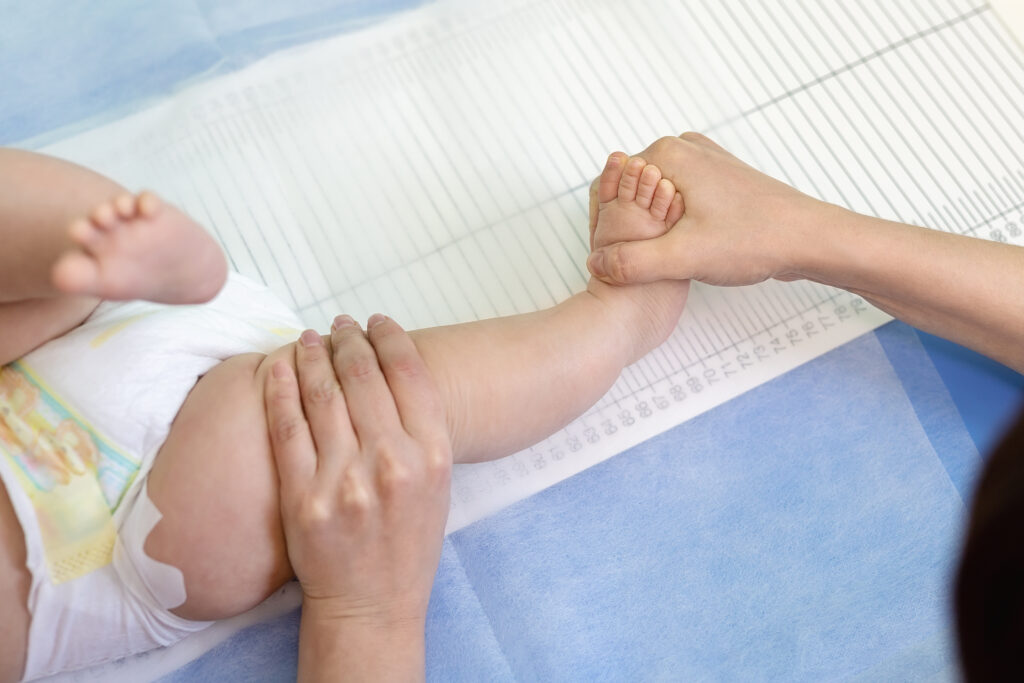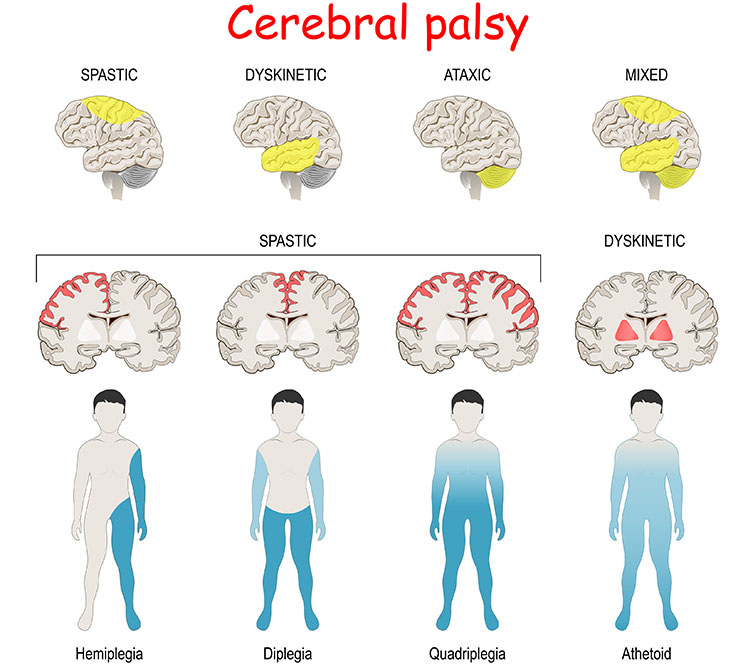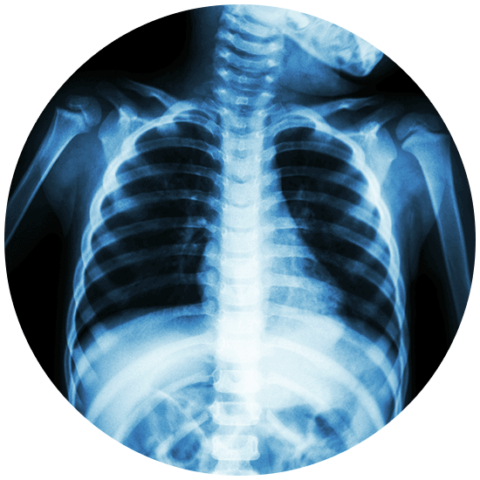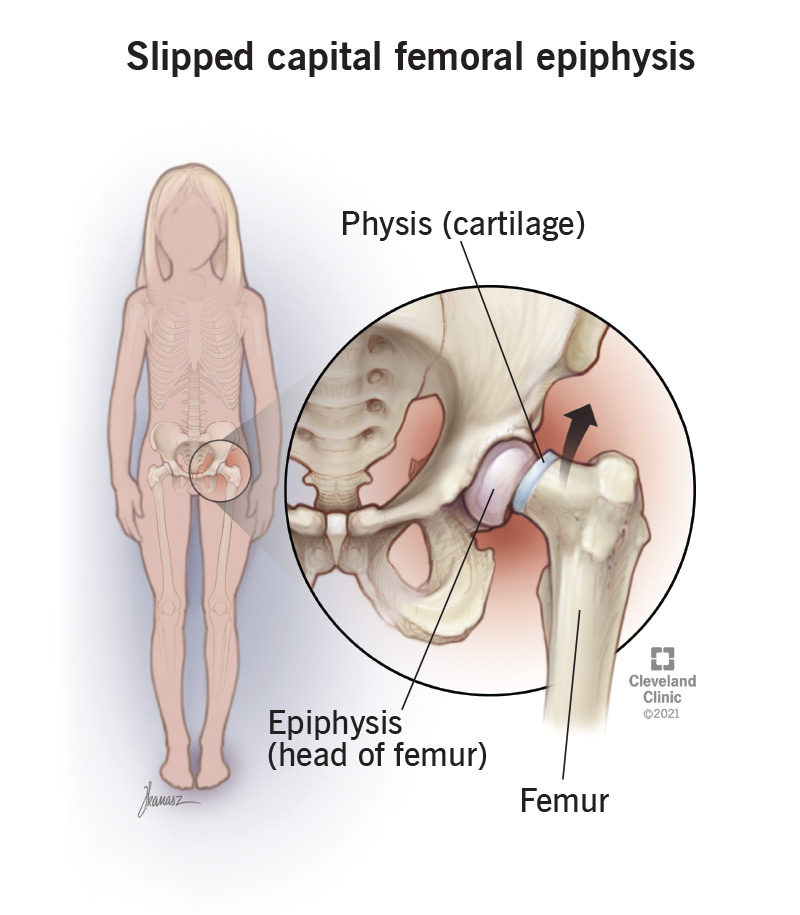
Leg Length Discrepancy
Department: Pediatric Orthopedics
Estimated Cost : $50 – 150 Non-surgical (Shoe lifts, regular checkups) - $8,000 – 15,000 Leg Lengthening Surgery (External/Internal Devices)
Leg Length Discrepancy (LLD)
As pediatric orthopedists, we see many conditions in young children that involve the upper and lower limbs. In this article, we discuss leg length discrepancy in children.
What Is Leg Length Discrepancy?
Leg length discrepancy (LLD) is when one leg is shorter than the other; this condition, which is present at birth, usually affects the femur (thighbone) and tibia (shinbone).
When the leg length discrepancy is small, people may never even notice they have it. In fact, more than half the population has a barely detectable variation in their leg lengths! If small enough, your baby’s pediatrician may not detect it at birth.
However, in some cases, that discrepancy increases as children grow. A sizable leg length discrepancy (a difference greater than 2 centimeters) can lead to problems in gait and function.
What Are The Causes Of Leg Length Discrepancy?
Leg length discrepancy causes are physical birth conditions, neurological issues, injury, and infection.
The birth conditions associated with LLD are:
- Femoral deficiency – a complex birth defect in which the upper part of the femur bone is malformed or missing, which causes one leg to be shorter than the other.
- Hemihypertrophy or hemihyperplasia – this is when one side or a part of one side of the body is larger than the other due to an over-production of bone or soft tissue.
- Skeletal dysplasia – a group of about 400 conditions that affect bone development, neurological function, and cartilage growth.
Other causes of leg length discrepancy are nerve problems, such as cerebral palsy or juvenile arthritis, and post-traumatic conditions, such as a growth plate fracture, bone infection, a broken leg bone or complex leg fracture that heals in a shortened position, or bone tumor.
How To Diagnose Leg Length Discrepancy
Long-term issues associated with leg length discrepancy are back pain, hip pain, abnormal gait, toe walking, and a tight Achilles tendon on the child’s shorter leg, so it’s important to have the condition diagnosed early.
The pediatric orthopedist will arrive at a leg length discrepancy diagnosis after a complete history and thorough physical exam. During the LLD exam, the pediatric orthopedist will observe how your child walks, sits, and stands, and may use a series of wooden blocks to measure the discrepancy.
How To Treat Leg Length Discrepancy
Leg length discrepancy treatments are based on the severity of your child’s condition, the causes of the LLD, and the projected difference, as well as any neurological disorders your child may have. There are non-surgical and surgical treatments.
Mild Leg Length Discrepancy
If there is a minor leg length discrepancy of less than two centimeters, chances are your child will tolerate this well and the difference can be evened out by wearing a small lift in one shoe. Follow-up exams every six or twelve months will help the orthopedist see if the discrepancy is increasing. If the pediatric orthopedist expects the leg length discrepancy to be greater than two centimeters as your child grows, surgery may be recommended.
When Is Surgery Required?
Surgery for leg length discrepancy is recommended when the difference is expected to be between two and five centimeters or more.
In cases where the difference is two to five centimeters, surgery is performed to stop growth at the growth plate in the longer leg. (The growth plates are the areas of cartilage around the ends of the tibia and femur from which these long bones grow.) This surgery is done when your child has stopped growing and gives the shorter leg a chance to catch up and even out. It can be done on an outpatient basis.
If the pediatric orthopedist projects your child’s leg length discrepancy will be over five centimeters, a bigger surgery will be necessary to lengthen the shorter side. The surgeon will use a device (either external or internal, depending on your child’s age and the bone involved) to slowly lengthen that leg. The full procedure and recovery take several months, but your child will be able to walk and attend school.
Treatment Cost (Estimated in USD)
| Type of Treatment | Approximate Cost (in USD) |
|---|---|
| Non-surgical (Shoe lifts, regular checkups) | $50 – $150 |
| Growth Plate Surgery (Epiphysiodesis) | $2,000 – $3,500 |
| Leg Lengthening Surgery (External/Internal Devices) | $8,000 – $15,000 |
Note: Costs may vary depending on the hospital, surgeon experience, and device used (e.g., PRECICE nail vs external fixator).
Hospital Stay Duration
Procedure Type Hospital Days Total Recovery Duration Growth Plate Surgery 1–2 days 6–12 months (follow-ups) Leg Lengthening Surgery 5–7 days 6–9 months (lengthening + consolidation + rehab)




 Get an Opinion
Get an Opinion
